Subtotal: ₹361
Value Added Reporting: In Theory, Practice and Research (Hardcover)
P Mohana RaoOriginal price was: ₹380.₹305Current price is: ₹305.
“Value Added Reporting: In Theory, Practice, and Research” by P. Mohana Rao is an invaluable resource for professionals, academics, and students seeking a deep understanding of value-added reporting. With its comprehensive coverage, practical insights, and clear writing style, the book successfully bridges theory and practice, making it an essential addition to the field of financial reporting and analysis. Rao’s expertise and extensive research ensure the book’s credibility, while real-world examples and case studies enhance its applicability. Overall, this book is highly recommended for anyone interested in exploring the nuances and implications of value-added reporting.
5 in stock
Description
“Value Added Reporting: In Theory, Practice, and Research” by P. Mohana Rao is a comprehensive and insightful book that delves into the complex realm of value-added reporting. With a focus on the theoretical foundations, practical applications, and empirical research surrounding this field, the book offers valuable insights for professionals, academics, and students interested in financial reporting and analysis. Rao, a renowned expert in accounting and finance, provides a thorough exploration of the concept of value-added and its significance in contemporary business environments. In this book review, we will examine the content, analysis, and writing style of the book, as well as explore the author’s background and what readers and critics have to say about this publication.
In “Value Added Reporting,” Rao begins by presenting a comprehensive overview of value-added reporting and its evolution over time. He explains the theoretical underpinnings of value-added reporting, including its origins in the field of management accounting and its subsequent adaptation for financial reporting purposes. The author then proceeds to examine the practical aspects of value-added reporting, addressing topics such as the identification of value drivers, measurement techniques, and integrating non-financial information. He also explores the challenges and limitations associated with value-added reporting implementation in organizations.
Throughout the book, Rao supports his discussions with extensive research findings and empirical evidence. He highlights the importance of value-added reporting as a tool for performance evaluation, strategic decision-making, and stakeholder communication. Moreover, he provides real-world examples and case studies to illustrate the practical application of value-added reporting in diverse industries and organizational contexts.
Rao’s analysis of value-added reporting is meticulous and comprehensive. He critically examines the strengths and weaknesses of different value-added models and approaches, helping readers understand the nuances and implications of each method. The book offers a balanced perspective by discussing both the advantages and challenges associated with value-added reporting, ensuring readers gain a holistic understanding of the topic.
One of the book’s strengths lies in its integration of theoretical concepts with practical insights. Rao skillfully connects academic theories to real-world scenarios, providing readers with a valuable bridge between theory and practice. Furthermore, the inclusion of empirical research findings enhances the book’s credibility and usefulness, making it a valuable resource for both practitioners and researchers.
When comparing “Value Added Reporting” to other financial reporting and analysis books, it stands out for its specific focus on value-added reporting. While many publications touch on this topic as part of a broader discussion, Rao’s book provides a comprehensive exploration solely dedicated to value-added reporting. This unique focus allows for a deeper understanding of the subject matter, making the book a valuable addition to the existing literature in this field.
Throughout the book, several recurring themes emerge, shedding light on the interpretation and implications of value-added reporting. One prominent theme is the need for a holistic approach to performance measurement and reporting. Rao emphasizes that financial indicators alone are insufficient for capturing the true value created by an organization. By integrating non-financial metrics and value drivers, value-added reporting enables a more comprehensive evaluation of an organization’s performance.
Another key theme highlighted in the book is the role of value-added reporting in stakeholder communication. Rao emphasizes the importance of transparent and informative reporting to meet the needs of various stakeholders, including investors, employees, customers, and regulators. He explores the potential of value-added reporting to enhance accountability and facilitate informed decision-making.
As a non-fiction book, “Value Added Reporting” does not contain characters in the traditional sense. However, the author himself plays a significant role in shaping the narrative and presenting the information. P. Mohana Rao, an esteemed expert in the field, brings his expertise and experience to the table, providing readers with a credible and authoritative voice throughout the book.
About the Author:
P. Mohana Rao, the author of “Value Added Reporting: In Theory, Practice, and Research,” is a highly respected scholar and practitioner in the fields of accounting and finance. With a distinguished academic career spanning several decades, Rao has made significant contributions to the understanding and application of value-added reporting. His extensive research and practical experience lend credibility to his writing and ensure the book’s relevance to the field.
Rao’s writing style in “Value Added Reporting” is clear, concise, and accessible. Despite dealing with complex financial concepts, the author presents the material in a manner that is understandable to a wide range of readers. The inclusion of real-world examples and case studies adds depth and context to the discussions, making the content more relatable and engaging.
The book is structured logically, with each chapter building upon the previous one. Rao introduces concepts gradually, ensuring readers can follow along and grasp the core ideas. Additionally, the use of headings, subheadings, and bullet points aids in organizing the information and facilitating efficient navigation within the book.
What People Say About This Book:
“Value Added Reporting: In Theory, Practice, and Research” has garnered praise from readers and critics alike. Professionals in accounting and finance appreciate the book’s comprehensive coverage and the author’s ability to bridge theory and practice effectively. They value the practical insights, empirical evidence, and real-world examples that enhance their understanding of value-added reporting.
Academics and students find the book to be a valuable resource for research and coursework. They appreciate the clear explanations, logical structure, and extensive references to relevant literature. Readers comment on Rao’s ability to present complex concepts in an accessible manner, making the book suitable for a broad audience with varying levels of expertise.
- Comprehensive coverage of value-added reporting, both in theory and practice.
- Integration of empirical research findings to support theoretical discussions.
- Practical insights and real-world examples that illustrate the application of value-added reporting.
- Clear and accessible writing style, suitable for professionals, academics, and students.
- Bridge between theory and practice, providing a holistic understanding of the subject matter.

 Cyber Crimes and Legal Measures
Cyber Crimes and Legal Measures 
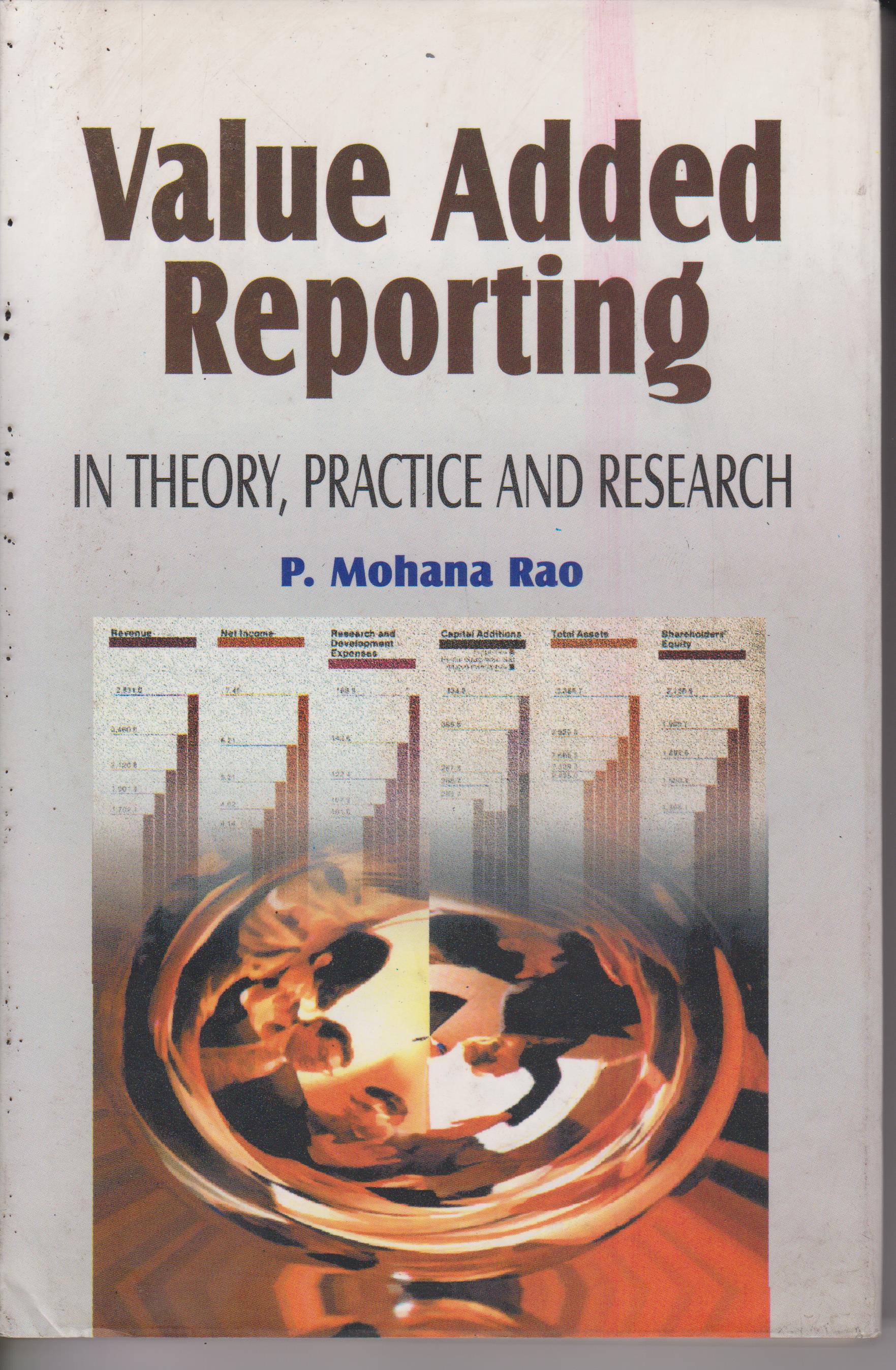
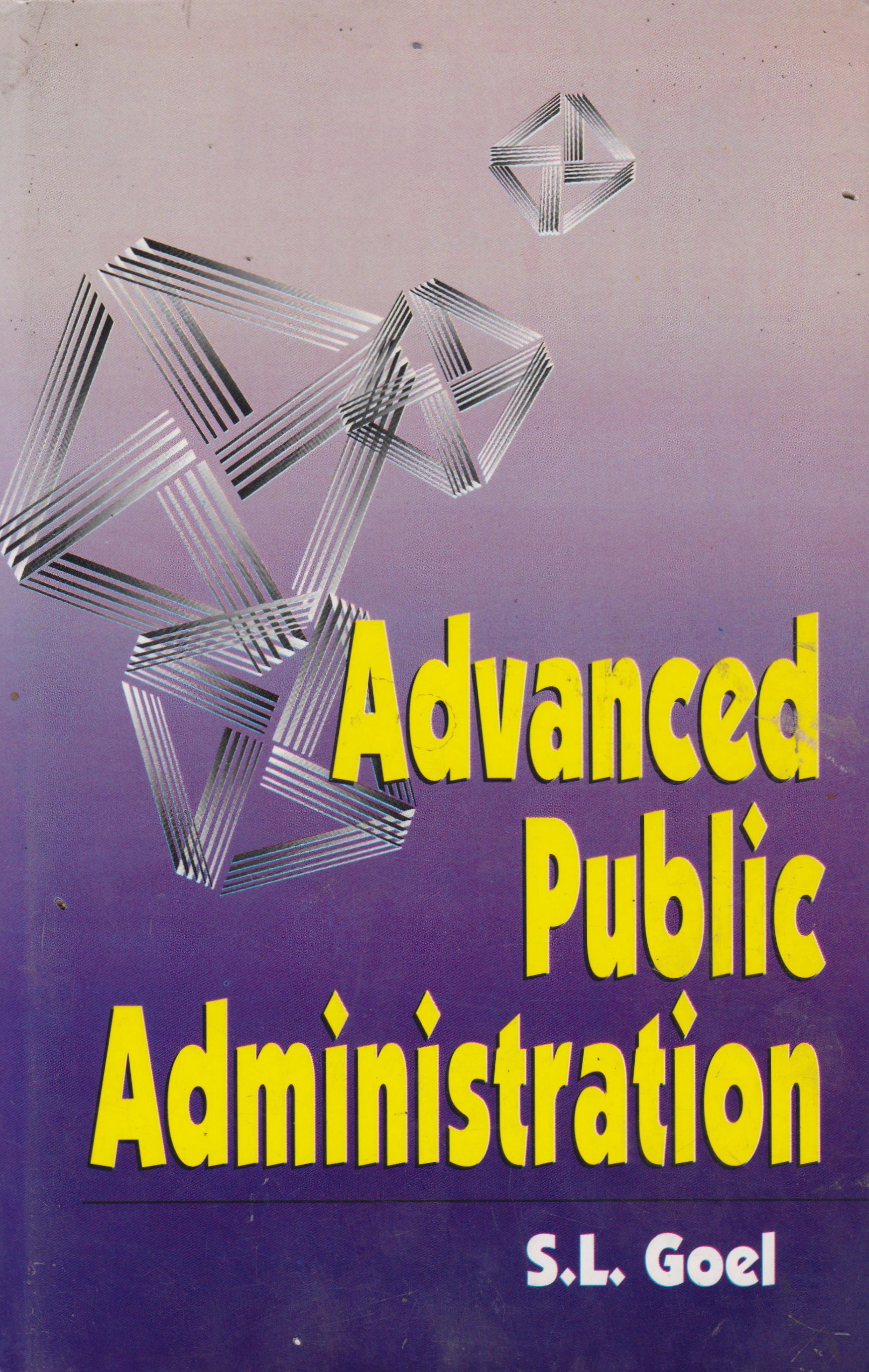
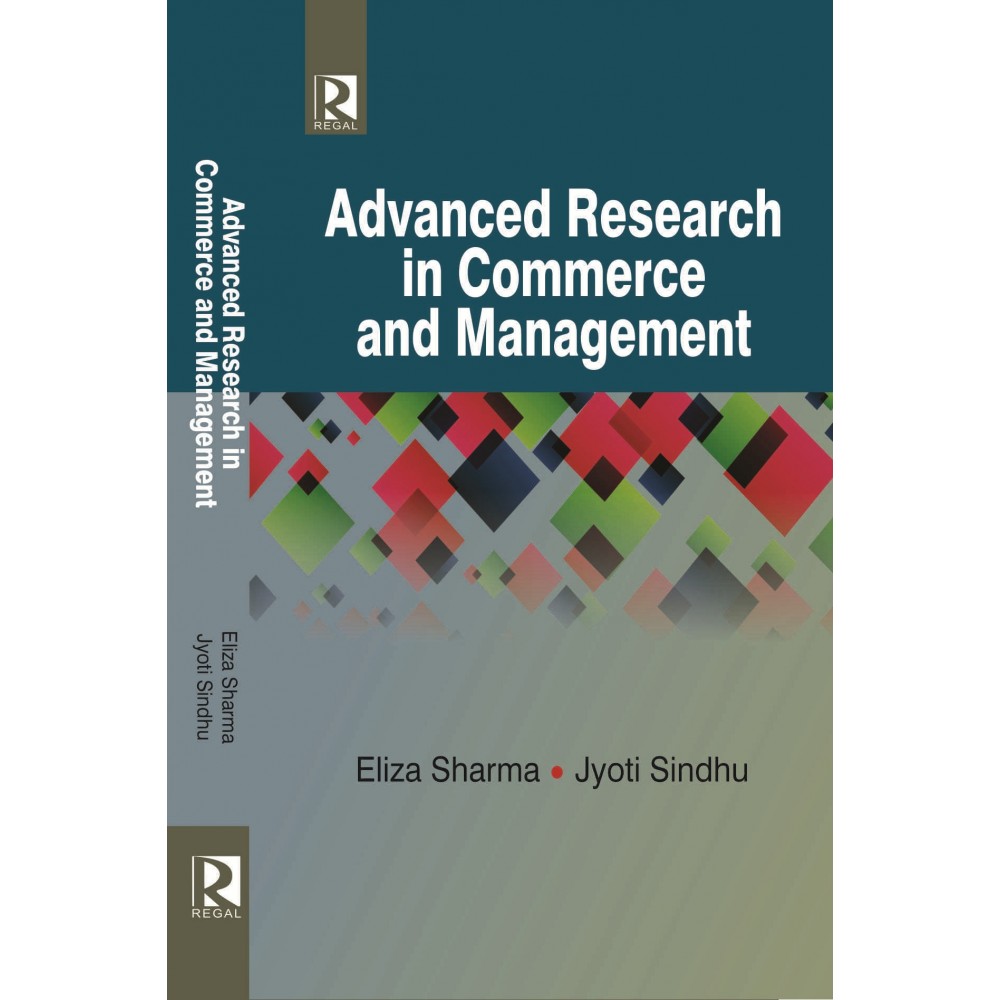


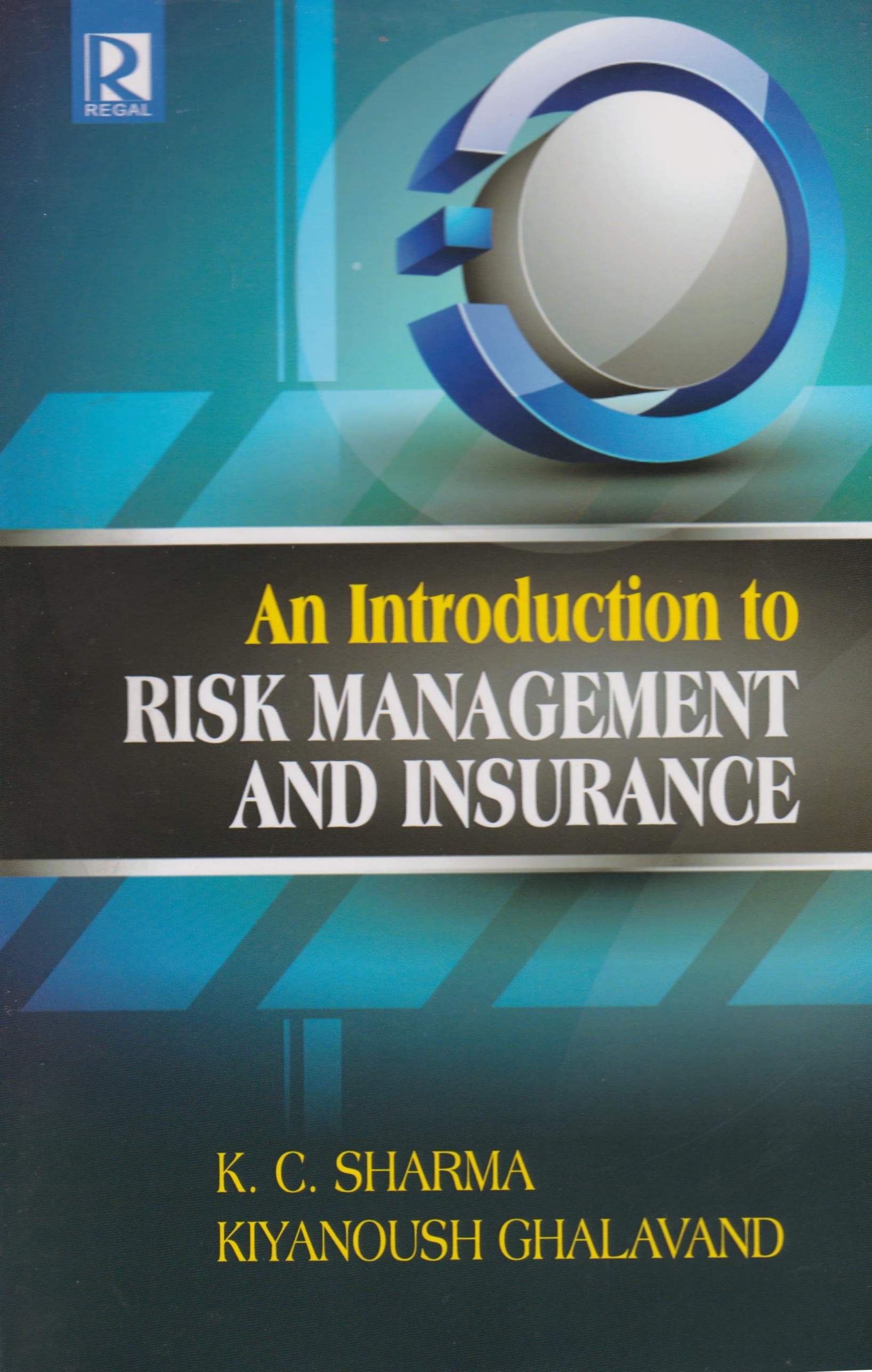
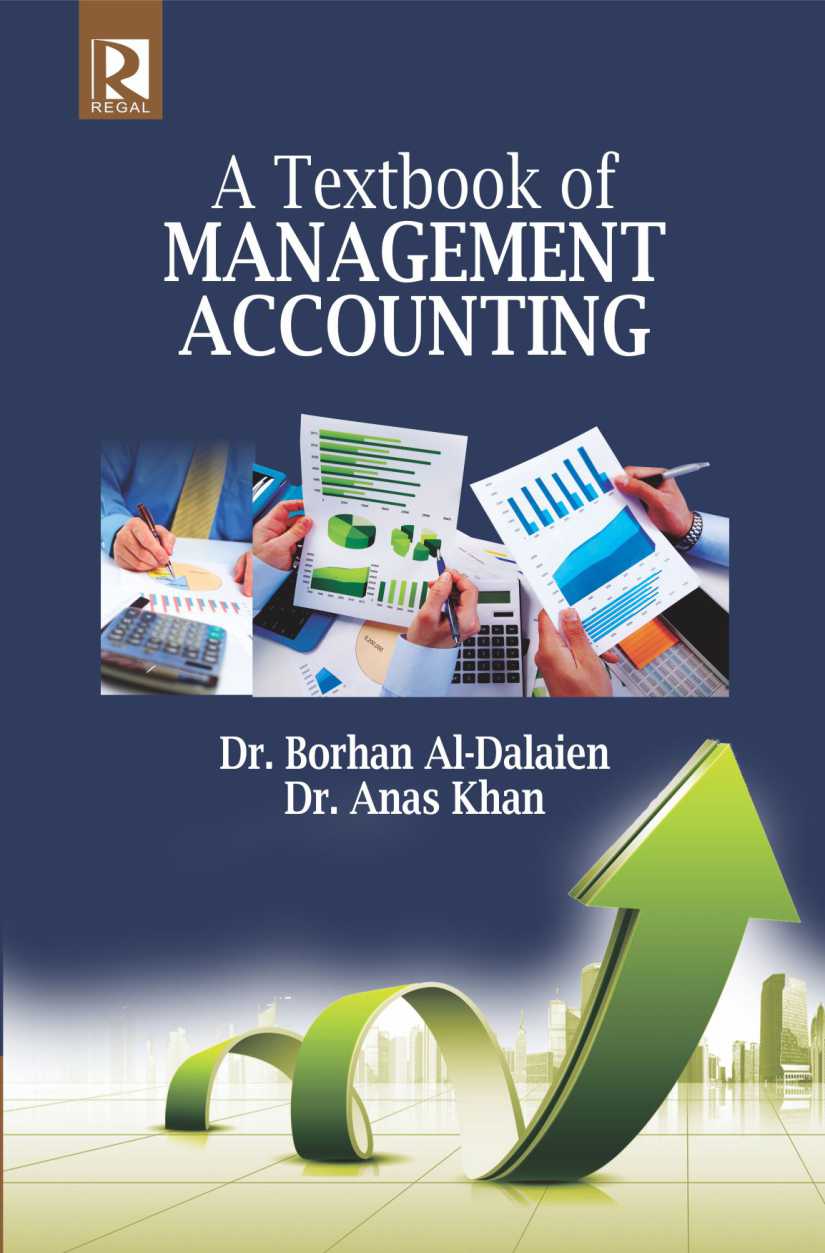

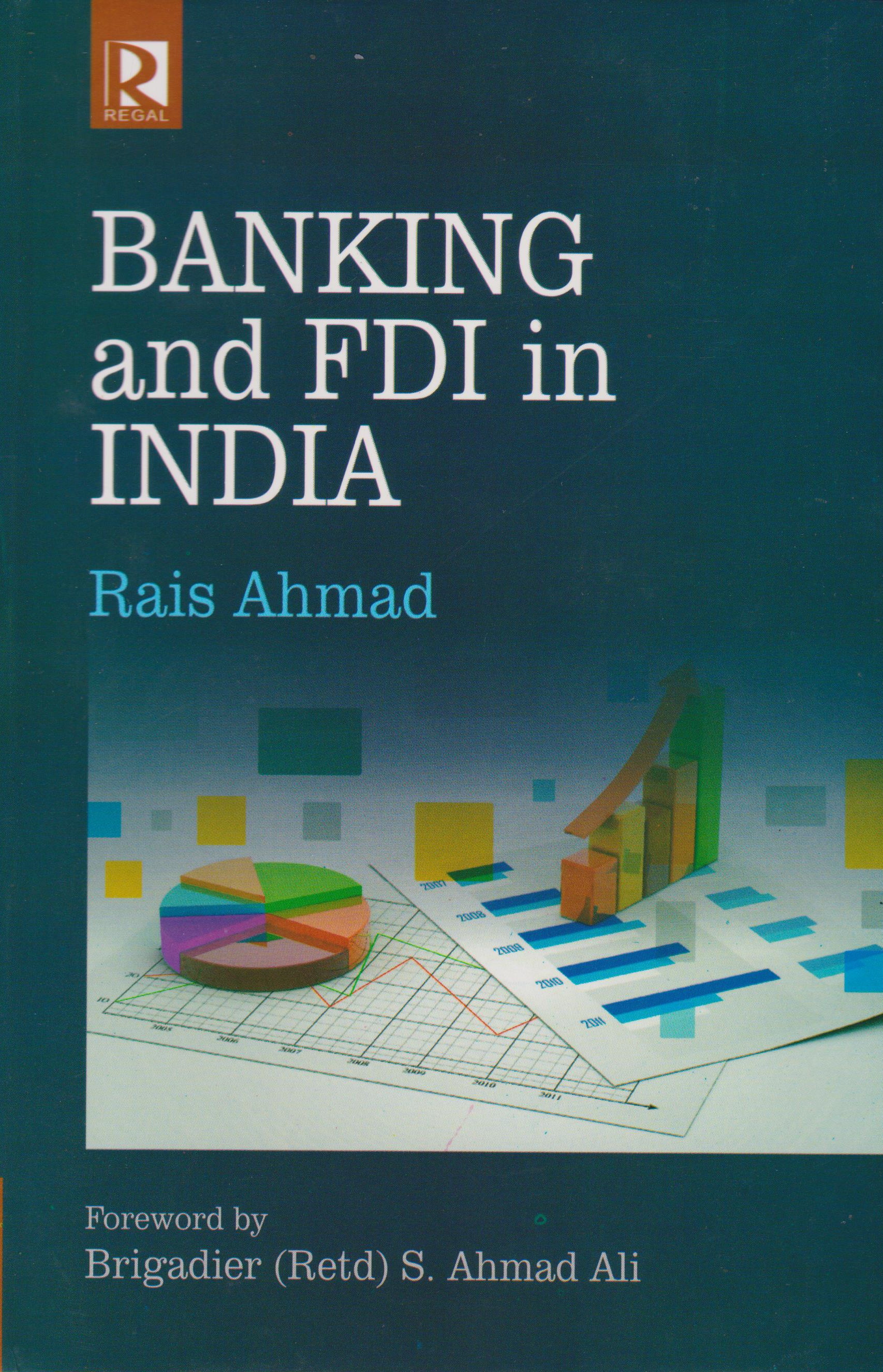
Reviews
There are no reviews yet.